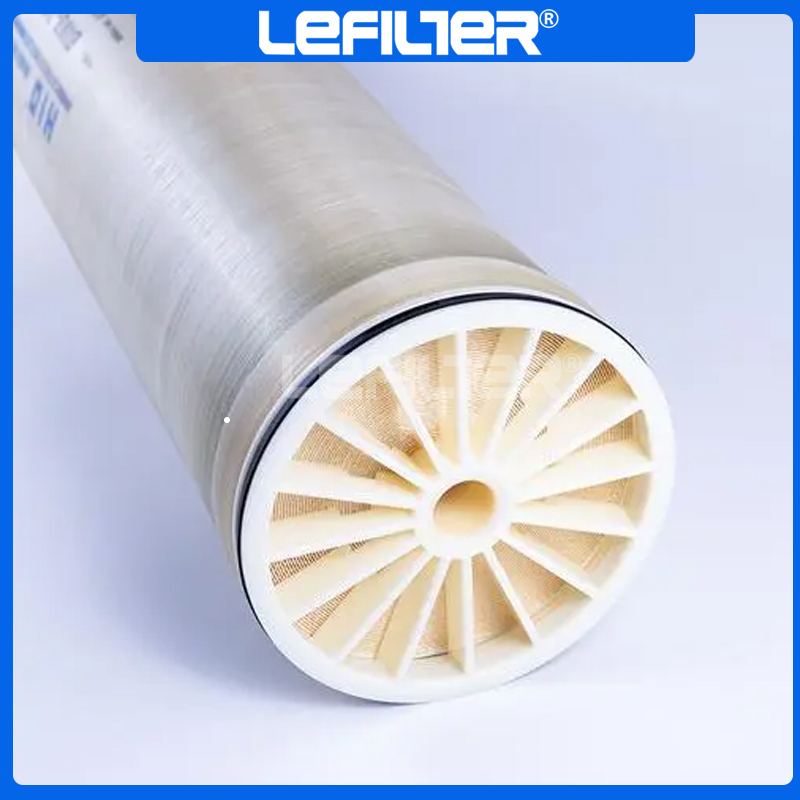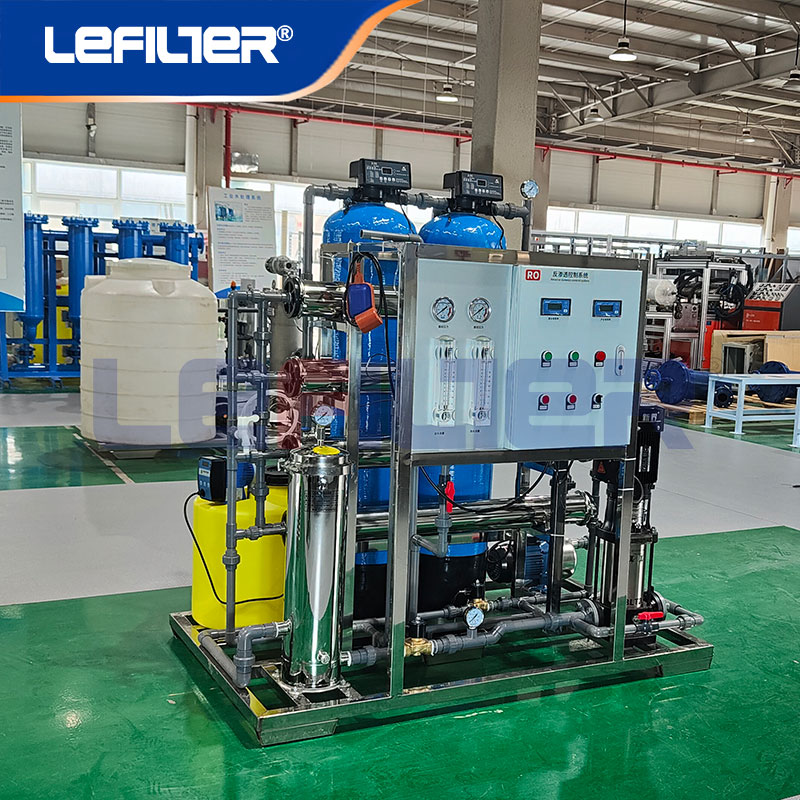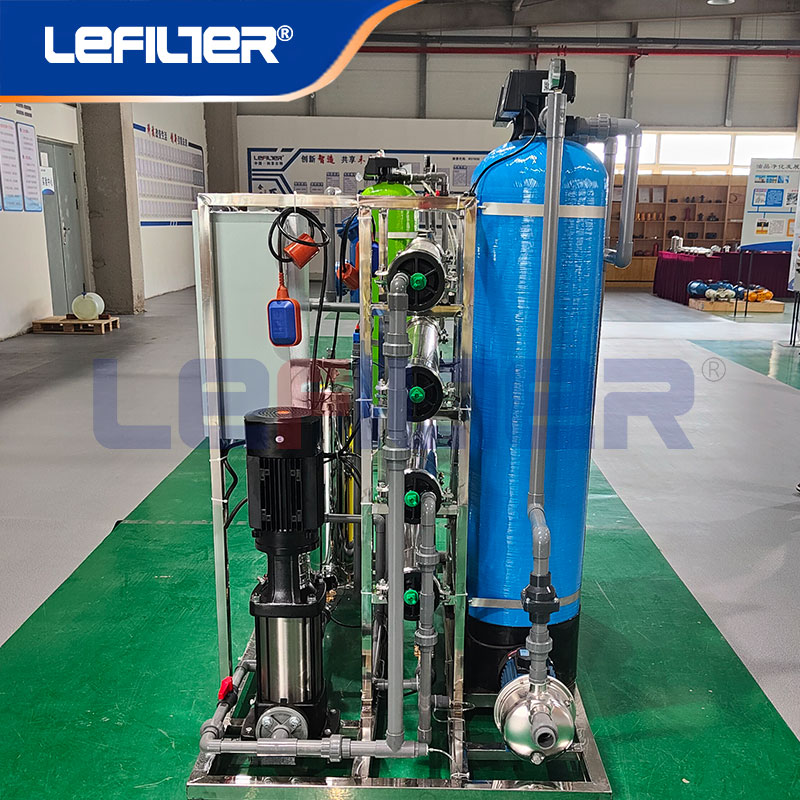Reverse Osmosis System: Unlocking the Potential of Advanced Water Purification
DATE:2025-01-14 Number of views: 1 Source:jiaxiangting
The Reverse Osmosis system is a groundbreaking technology in water purification, providing unparalleled performance in delivering clean, safe, and high-quality water. Designed to meet the diverse needs of industrial, commercial, and residential users, this advanced system combines efficiency, durability, and user-friendliness, making it a preferred choice in modern water treatment solutions. With its core components, including the reverse osmosis membrane, high-pressure pump, and pre-treatment system, the Reverse Osmosis system ensures exceptional water purification performance while maintaining low energy consumption and operational simplicity.
Core Components and Their Performance
At the heart of the Reverse Osmosis system lies a series of meticulously engineered components, each playing a critical role in achieving superior water quality.
1.Reverse Osmosis Membrane
The reverse osmosis membrane is the cornerstone of the system, featuring a semi-permeable structure that allows water molecules to pass through while rejecting impurities such as dissolved salts, heavy metals, and microorganisms. This high-performance membrane ensures a desalination rate of up to 99%, making it an ideal solution for converting brackish or seawater into potable water. Its durability and resistance to fouling further enhance its operational lifespan, reducing the need for frequent replacements and ensuring consistent performance over time.

2.High-Pressure Pump
The high-pressure pump is another vital component, responsible for driving water through the RO membrane under pressure. By maintaining the optimal pressure levels required for efficient filtration, this pump ensures that the system operates effectively even under challenging water quality conditions. Advanced models are designed to minimize energy consumption, contributing to the system's overall energy efficiency.
3.Pre-Treatment System
A robust pre-treatment system is essential for protecting the reverse osmosis membrane from damage caused by suspended solids, chlorine, and other contaminants. This stage typically includes sediment filters, activated carbon filters, and anti-scalant dosing systems, all working together to enhance the longevity and performance of the RO membrane. The pre-treatment process also ensures that the system operates smoothly, minimizing downtime and maintenance requirements.
Differentiating Features: Superior Performance and Sustainability
The Reverse Osmosis system distinguishes itself through a combination of high desalination rates, energy efficiency, and extended service life, making it a reliable and cost-effective solution for various applications.
1.High Desalination Rate
With the ability to remove up to 99% of dissolved solids and impurities, the system delivers water that meets or exceeds the highest quality standards. This makes it suitable for applications ranging from drinking water production to industrial processes that require ultra-pure water.
2.Low Energy Consumption
Modern Reverse Osmosis systems incorporate energy recovery devices and advanced pump technologies to reduce power usage without compromising performance. This not only lowers operational costs but also minimizes the system's environmental impact, aligning with sustainable water treatment practices.
3.Extended Lifespan
The use of high-quality materials and innovative design ensures that the system's components, including the RO membrane and pumps, offer a long operational life. This reduces the frequency of replacements and maintenance, translating into lower lifecycle costs for users.

Ease of Installation, Maintenance, and Operation
One of the standout features of the Reverse Osmosis system is its user-friendly design, which simplifies installation, maintenance, and daily operation.
1.Easy Installation
The system is designed for hassle-free installation, with compact and modular configurations that make it suitable for both large-scale industrial facilities and compact commercial spaces. Clear instructions and pre-assembled components further streamline the setup process, enabling users to get the system up and running with minimal effort.
2.Simplified Maintenance
Routine maintenance is made straightforward through features such as easily accessible filter housings, quick-connect fittings, and intuitive monitoring systems. Advanced models include automated cleaning cycles and real-time performance diagnostics, reducing the need for manual intervention and ensuring optimal operation at all times.
3.Intuitive Operation
Equipped with user-friendly control panels and advanced monitoring systems, the Reverse Osmosis system allows users to easily adjust settings, monitor water quality, and receive alerts for maintenance requirements. This level of operational simplicity ensures that even those with minimal technical expertise can effectively manage the system.
Applications Across Industries and Settings
The versatility of the Reverse Osmosis system makes it suitable for a wide range of applications, including:
1.Industrial Reverse Osmosis
Industries such as pharmaceuticals, electronics, and power generation rely on Industrial reverse osmosis systems to produce high-purity water essential for their processes. These systems are engineered to handle large volumes of water while maintaining consistent quality, ensuring seamless integration into demanding industrial environments.
2.Commercial RO Systems
For businesses like restaurants, hotels, and healthcare facilities, Commercial RO systems provide a dependable source of clean water for cooking, drinking, and sanitation. Their compact design and high efficiency make them an ideal choice for commercial establishments seeking reliable water purification solutions.

3.RO Water Purifiers for Residential Use
In residential settings, RO water purifiers offer a convenient and effective way to ensure safe drinking water. These systems are designed to remove common contaminants such as chlorine, lead, and bacteria, providing households with peace of mind and improved water quality.
Conclusion
The Reverse Osmosis system represents a pinnacle of innovation in water purification, offering unmatched performance, energy efficiency, and user convenience. With its advanced components, differentiated features, and adaptability to various applications, it stands as a versatile and sustainable solution for addressing global water challenges. Whether for industrial, commercial, or residential use, this technology continues to set new benchmarks in water treatment, ensuring a future where clean water is accessible to all.


